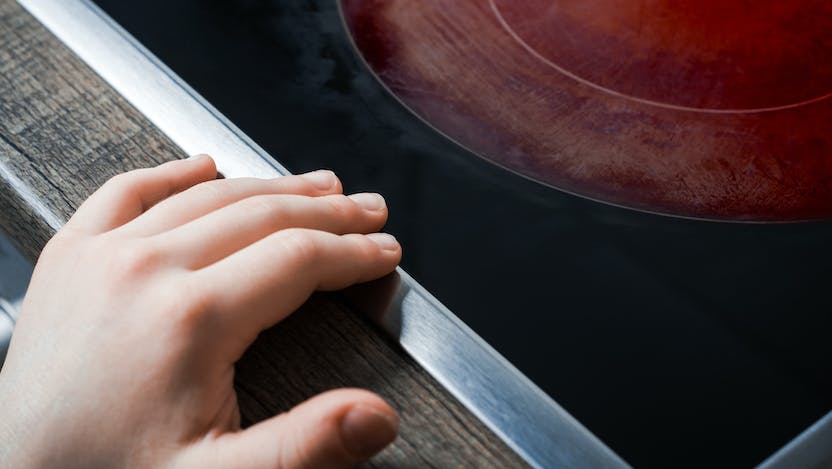Burn injuries: How to prevent them, who's at risk and what parents need to know

Burn injuries are extremely common. Roughly every minute, someone in the United States receives a burn that's serious enough to require medical treatment. Sometimes they can be even be fatal. Children are at an especially high risk for these types of injuries, because of their dependence on adults for supervision and safety and because they're still developing their motor and cognitive skills.
Every day, more than 300 children with burns are seen in emergency rooms across the country. In fact, burns are the among top ten causes of unintentional injury in children under 5. (Children 2 and younger are at the greatest risk.) Children and teens under 16 years old represent more than a quarter of all admissions to burn center hospitals.
As experts in burn care, emergency medicine and pediatric safety, we wanted to take time during Burn Awareness Week to break down common types of burns and explain to parents the best ways to prevent them.
Scald burns:
- In children less than 5 years of age, 95% of scald injuries happen in the home.
- An estimated 376,950 scald burn injuries associated with consumer household appliances and products (such as stoves, coffee makers, tableware, cookware, bathtubs, etc.) were seen in hospital emergency rooms in the U.S. between 2013-2017. 21% of them occurred to children 4 years old and younger.
- In children under 5 years of age, approximately 27% to 60% of scalds occur from cups, mugs or other tableware containing hot liquids. This mostly occurs tableware falls over or is knocked over, spilling on children.
- Three seconds of exposure to 140°F (60°C) water can cause a burn serious enough to require surgery. To help prevent these serious burns, set water heaters at 120°F (48°C), or just below the medium setting.
Study shows instant noodles major cause of childhood scald injuries
Non-fire cooking burn injuries:
- A prospective study found that 90% of 2-year-olds can turn on microwaves, open the door and remove hot contents.
- According to the study, ranges or ovens were the most common types of cooking equipment involved in non-fire cooking burns. Only 13% of thermal burns involving ranges or ovens were caused directly by fire or flame. In many cases, cookware (pots and pans) were involved in these types of burns.
- People of all ages were burned when they unintentionally touched a hot stove or pan or spilled a hot liquid.
Others causes of unintentional burns:
- Glass fronts on gas fireplaces can get very hot. Third degree (full thickness) burns may occur with less than one second of contact with the glass.
- Straightening and curling irons can reach temperatures of up to 450 °F (232°C) in as little as five seconds. Injuries from household hair irons can be severe and may require excision, grafting and extended follow-up surgeries.
- Surface temperatures of electric irons can reach in excess of 392°F (200°C), meaning that contact for even brief periods can cause a significant thermal injury. In children, most burns occurred at home and were often due to pulling a cord or knocking an iron from its surface.
How to keep children safe from burns:
- Keep a three-foot safety zone around stoves, microwave ovens, gas fireplace, space heaters and other potential causes of burns.
- Never play with lighters or matches in front of children.
- Set the water temperature in your home to no more than 120 °F (49°C).
- Immediately unplug curling irons, clothes irons, and other small appliances that get hot. Keep them (and their cords) away from children.
- Cook using back burners. Keep handles of pots and pans turned inward and away from the reach of children.
- Never use a microwave to warm breastmilk or infant formula.
- Safely secure electrical cords and keep electrical outlets covered.
- Regularly check to make sure your home's smoke and carbon monoxide detectors are working properly.
More tips and downloadable fact sheets can be downloaded at:
https://www.safekids.org/safetytips/field_risks/burns-and-scalds
https://ameriburn.org/prevention/prevention-resources/
https://www.usfa.fema.gov/prevention/outreach/children.html
Acknowledgements
Thank you to the Illinois Department of Transportation for their financial support for this project.
About the Authors
Matt Louzon, CPST, is the program coordinator for the University of Chicago Pediatric Injury Prevention Program.


